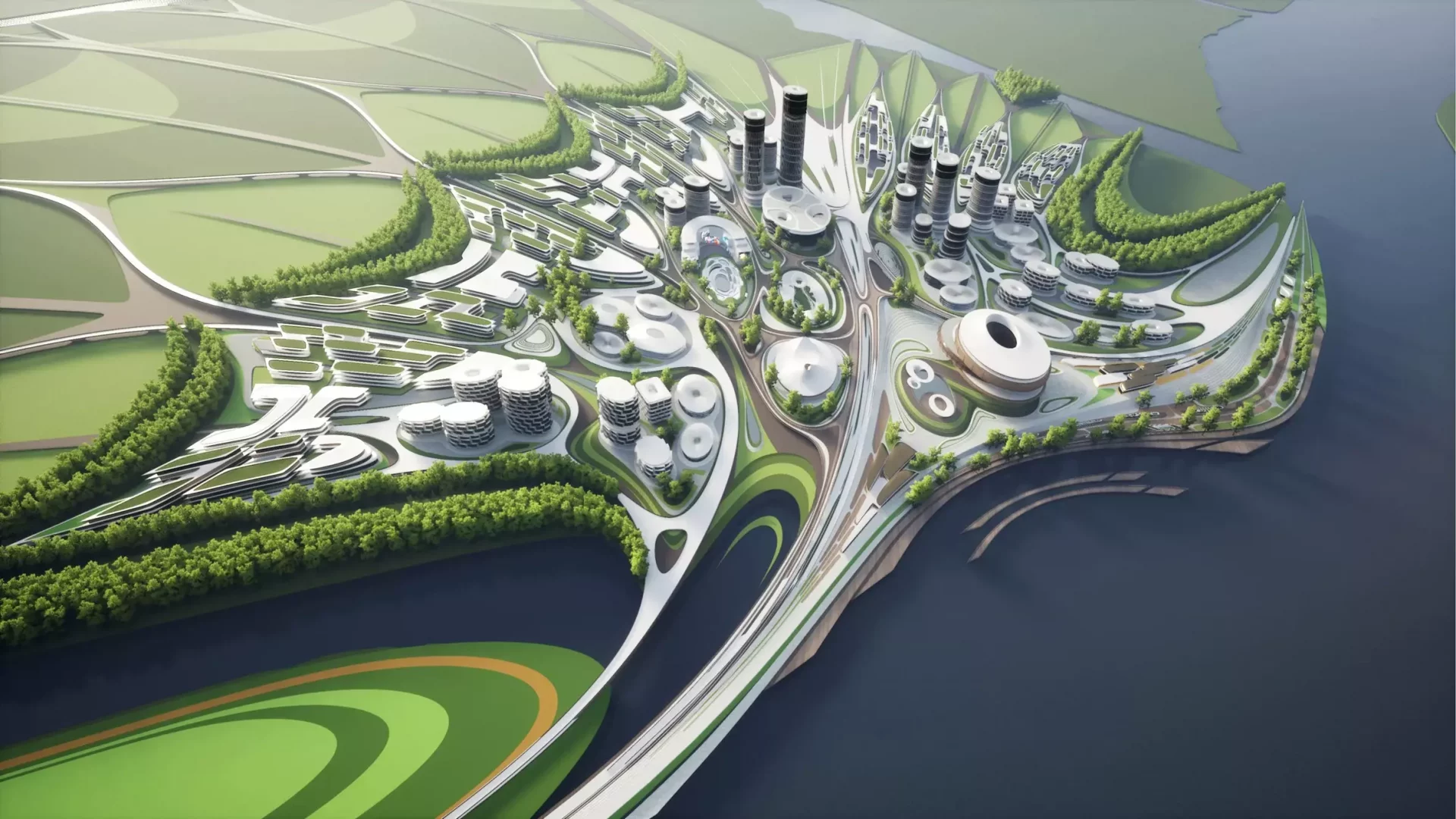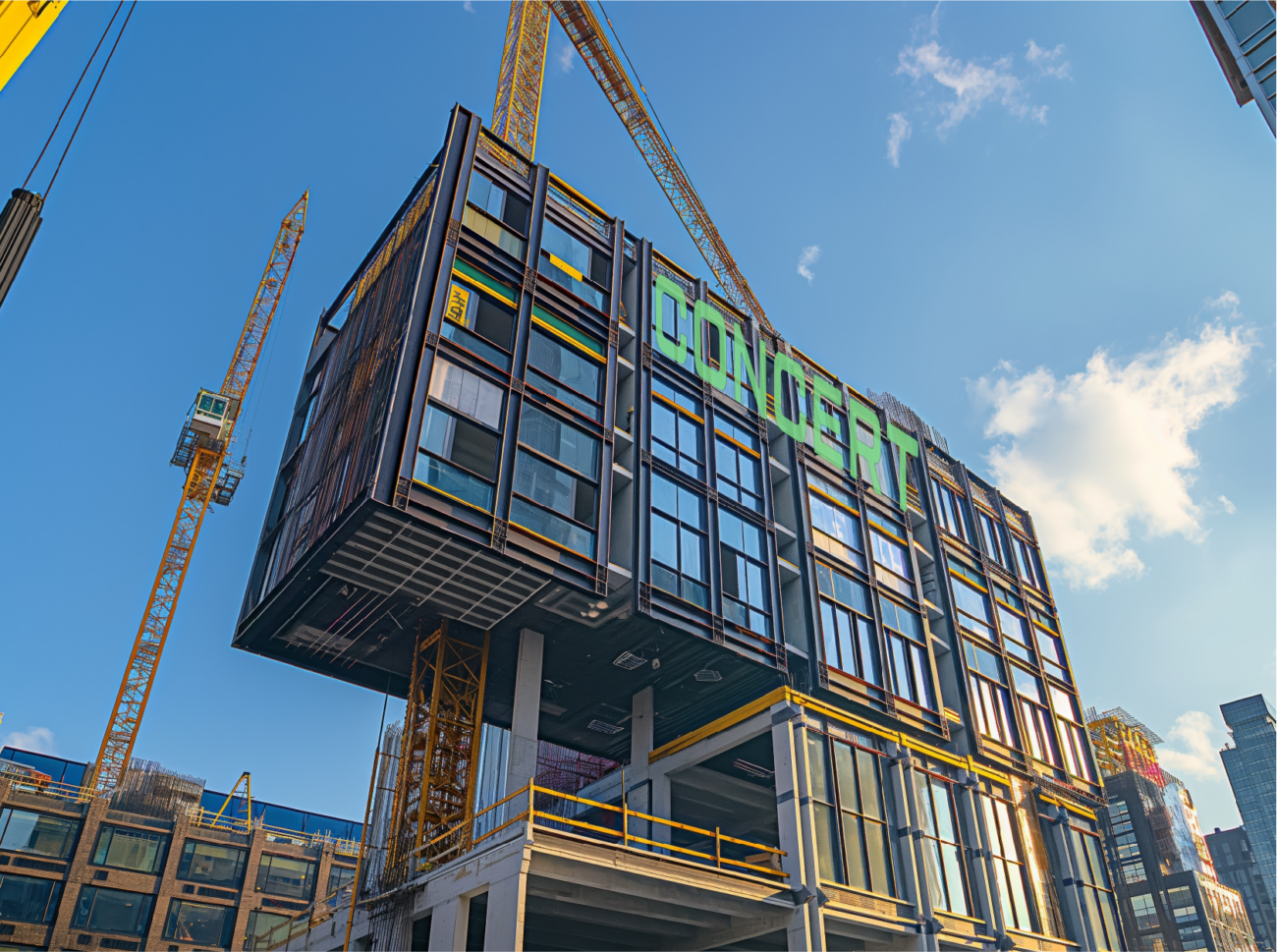Zachary Gentry
CEO, Concert
Three recent projects inspire me to further reflection:
- Krista Kim Studios commissioned the first NFT digital house in the world. Architectural Digest, one of my favorite places to feast on architectural eye candy, ran a story on it back in March 2021. Though they didn’t give it the same treatment as they might a Mykonos villa or Aspen lodge, they did marvel at the unique Zen layout and noted that the home would sell “furnished.” It subsequently sold for $500,000 and is on display now at OpenSea where it could possibly be resold if the right offer came along.
- Bjarke Ingels Group (BIG), who have been slowly remaking the world, was recently commissioned to build the metaverse offices of Vice Media Group. This office, which features an NFT marketplace on the ground floor and meeting spaces above, is the sort of mixed-use concept known in most of the world save that “Viceverse” is not intended to have a permanent physical location. Rather, it is intended to be anywhere and serve people in every place who have access to the internet.
- More ambitious yet, Zaha Hadid Architects has completed Liberland Metaverse city replete with a City Hall, an outdoor plaza with the same undulating curves recently featured in the BEEAH headquarters and many work and public spaces replete with greenways, footpaths and happy meta-citizens living in perfect libertarian harmony.
These spaces were created to live entirely and forever in the metaverse, although some might argue that there is a sort of unique brand element to both BIG and Zaha Hadid’s creations. What strikes me is that these firms are looking into the future. While these creations may never take shape as real assets, elements of them might. Zaha Hadid’s Liberland fills up about 10 square miles of a potentially limitless world. It might be searchable, attachable to other territory, sold off in whole or in part to a gaming company, shared with a client, simulated for disaster recovery or energy efficiency, reformulated, destroyed and rebuilt over a long weekend. It will fill up a server or several servers or perhaps a whole data center. It is potentially become a large share of their digital assets, ironically the only real thing that they probably possess as a business.
Why does this matter to the practice of architecture? This is an opportunity for liberation. All three of these projects created something of unique, signature value and did so using the same tools and attributes that are used in their real-world, commissioned work.
Here’s another way to think about it. In a software company, we typically try to reserve 10-20% of developer time to explore. These could be product hacks, unique projects, or new features for the product on which they work. The time away from the grind of a tight deadline and defined deliverables keeps smart people sharp, motivated, and focused. Why not offer young architects the same avenue for creative doodling. Some of it might have real value outside of the value for personal and professional exploration.
At Concert, we are interested in protecting the digital assets which will find their ultimate expression as real assets and those that never will. We offer a way to record, store, exchange and transfer ownership as NFTs. We are motivated to see the practice of architecture thrive and excited to help along the way.





